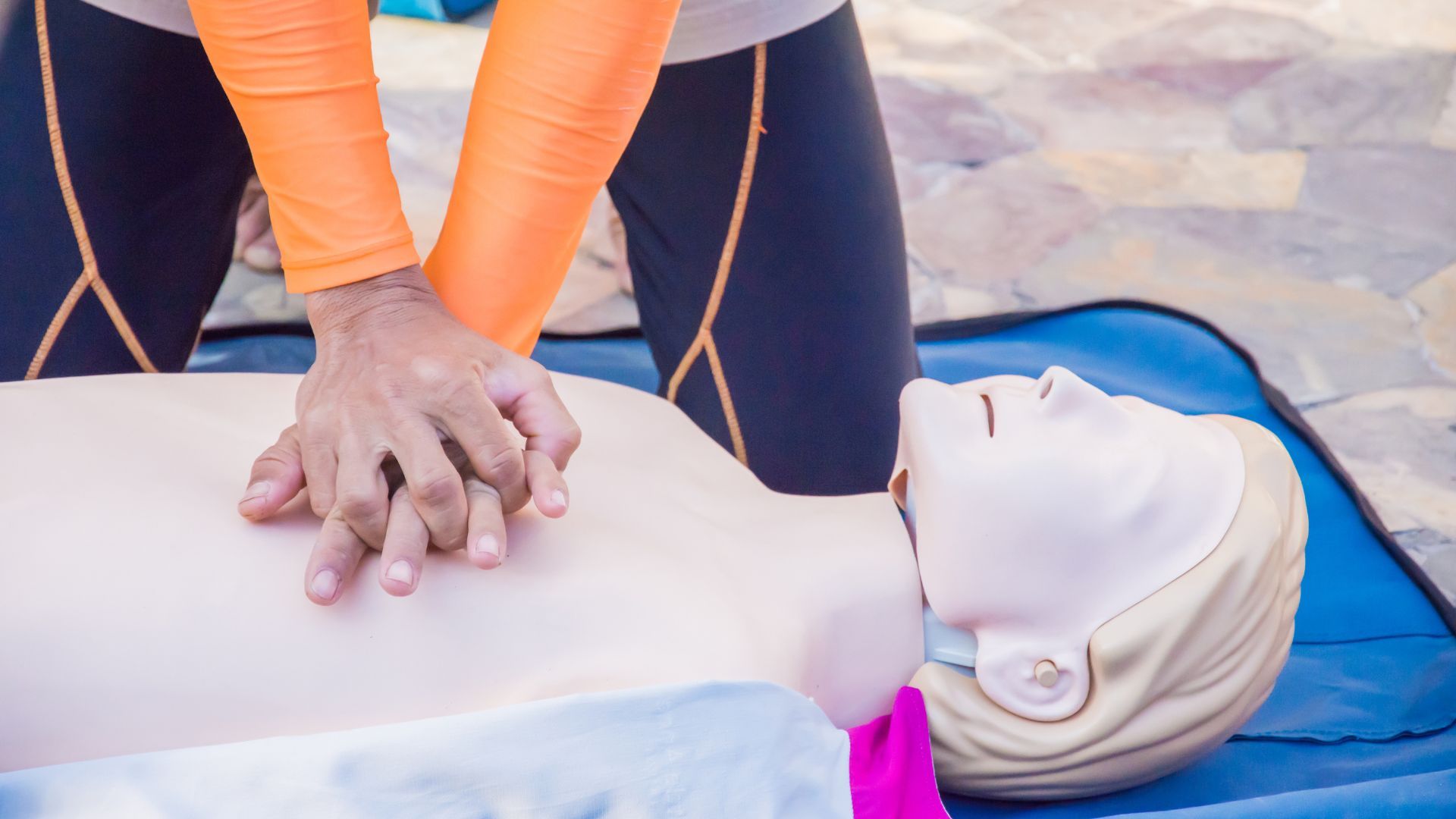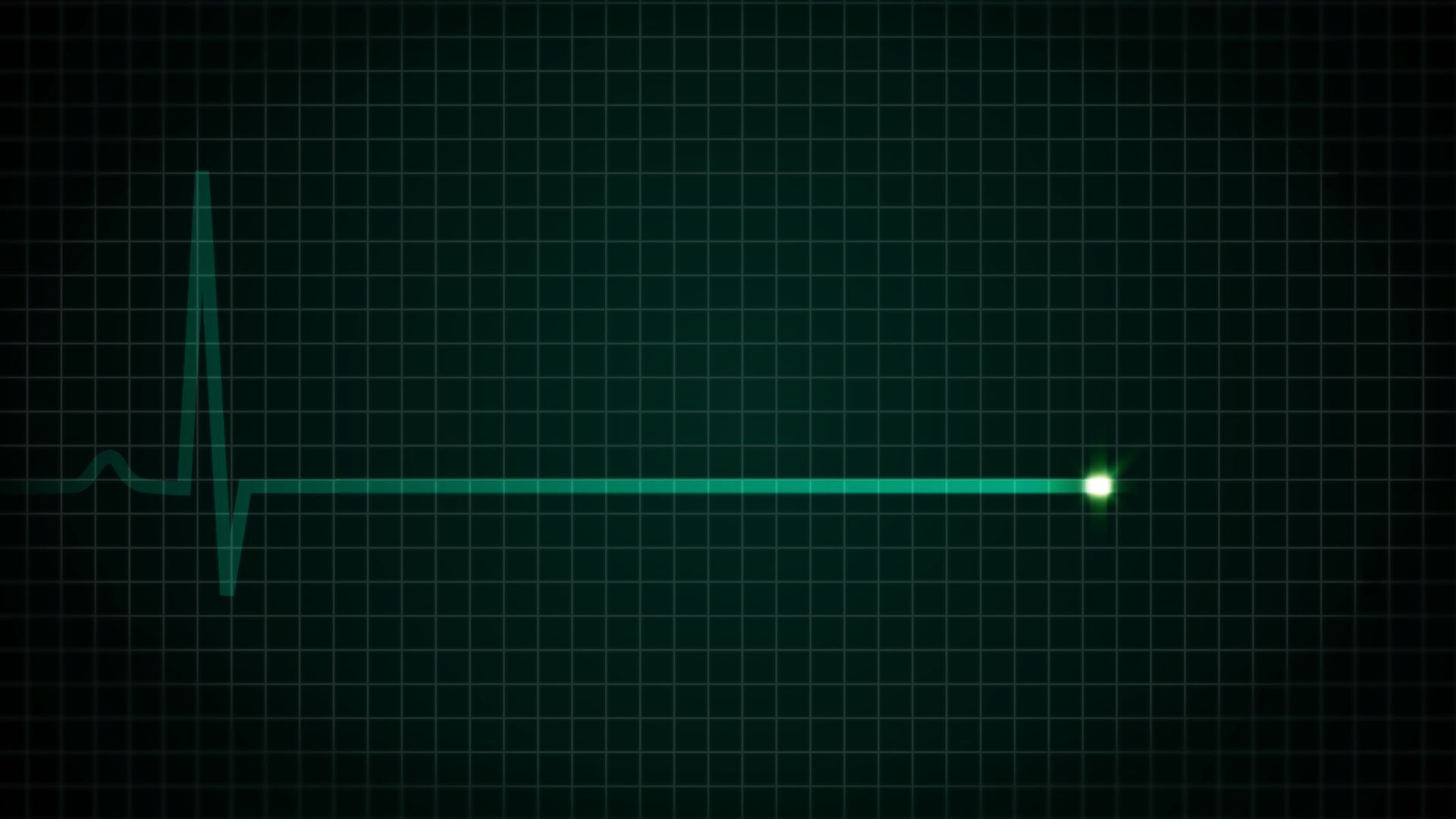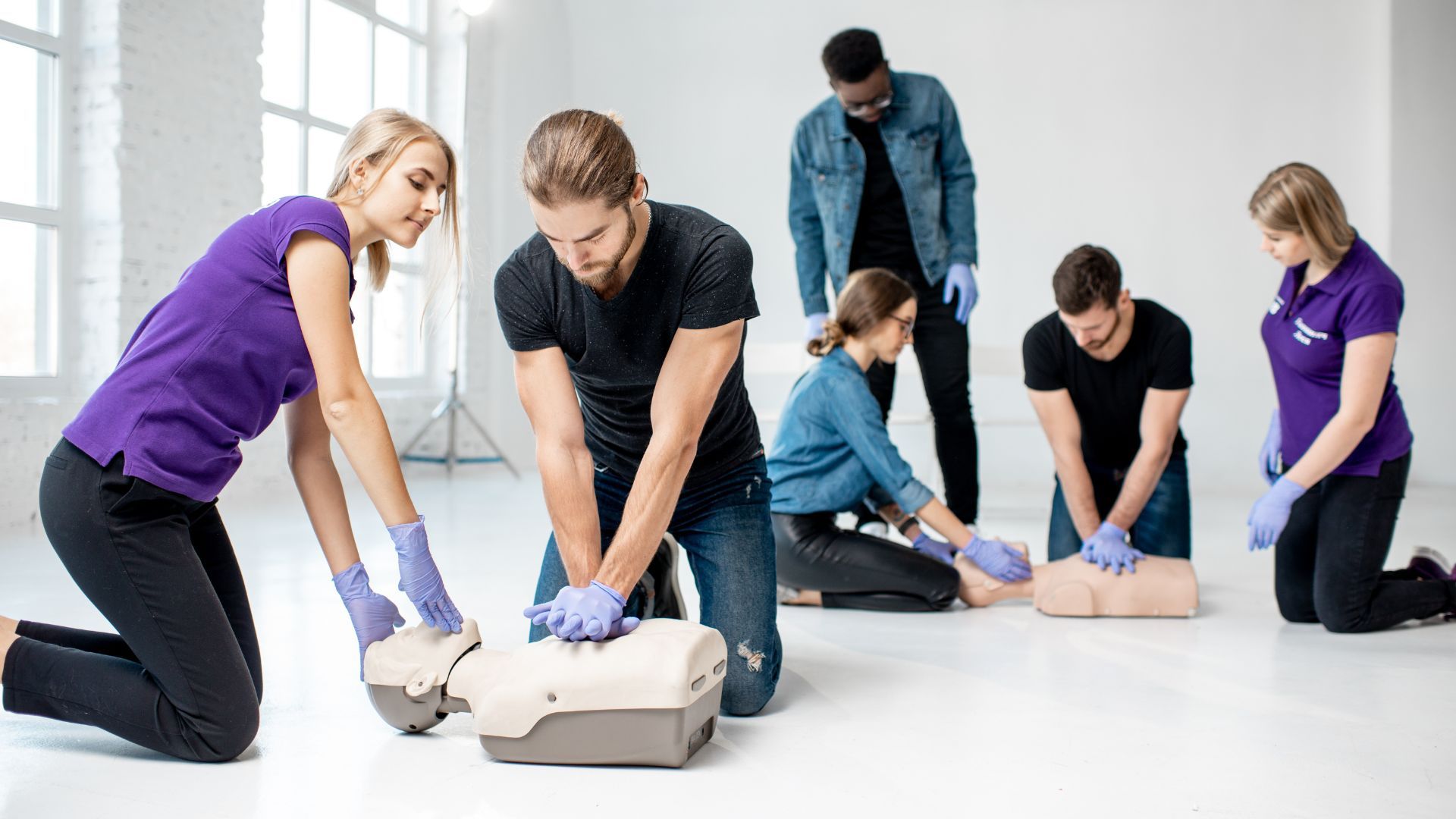Scene Safety
Contents
Scene Safety
Pronunciation: Seen Sayf-tee
Definition:
Scene safety refers to the assessment and management of potential hazards in an area before providing emergency care or other interventions. This ensures the protection of rescuers, victims, and bystanders.
What is Scene Safety?
Overview:
- Initial Assessment: Before providing aid, especially in situations like accidents, fires, or medical emergencies, first responders assess the surroundings for dangers.
- Potential Hazards: This can include traffic, fire, electrical dangers, chemicals, violent situations, or environmental threats.
- Protocols: Emergency personnel are trained to follow protocols to secure or avoid hazards before providing care.
Key Facts About Scene Safety:
- First Step in Response: For most first responder protocols, ensuring the scene is safe is the first step.
- Protection Priority: The safety of the responder comes before the safety of the victim. If a scene is not safe, the responder may become another victim.
- Continuous Assessment: Conditions can change, so ongoing scene safety assessments are crucial.
Scene Safety | Importance & Necessity
Why is scene safety important?
- Prevent Additional Harm: Ensuring a safe scene prevents additional injuries or complications.
- Effective Response: A safe scene allows first responders to focus on care without distraction or threat.
- Resource Preservation: Preventing additional victims ensures resources aren’t stretched thinner.
Who should prioritize scene safety?
- First Responders: Including EMTs, paramedics, police officers, and firefighters.
- Lay Rescuers: Individuals providing first aid or CPR.
- Bystanders: Those present at an emergency scene but not directly involved.
Scene Safety | Identification & Action
How to assess scene safety?
- Look for immediate threats like fire, traffic, or aggressive individuals.
- Listen for sounds of danger, such as gas leaks.
- Smell for unusual odors, indicating chemical spills or gas leaks.
- Ensure personal protection: Use gloves, safety goggles, or other personal protective equipment if available.
What to do if a scene isn’t safe?
- Do not enter or approach. Your safety is the top priority.
- Call for professional help or alert authorities.
- Warn others to stay away from the area.
- If safe, try to secure or isolate the threat, such as diverting traffic.
More Articles





